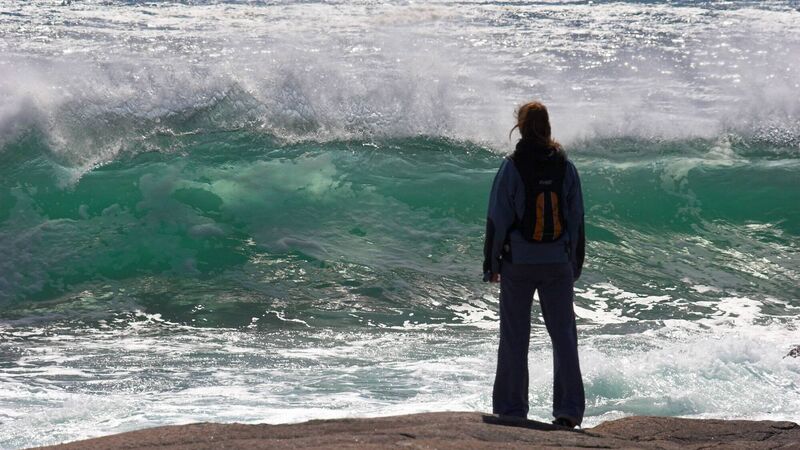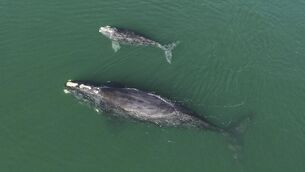Life and learning on a Connemara seashore — including a bird autopsy

Anja Murray: Seeing the sea bulge and recede throughout the day is constantly captivating, the sandy inlet below the house showing off its pale sands and giant chunks of granite, before disappearing again beneath teal and turquoise waters. Picture: Failte Ireland
For the past two weeks, I’ve been living by the shore in north Connemara, looking after a friend’s house while they are away. Seeing the sea bulge and recede throughout the day is constantly captivating, the sandy inlet below the house showing off its pale sands and giant chunks of granite, before disappearing again beneath teal and turquoise waters. And each day as I walk the shores, the cycle of tides offers up clues as to what happens within.
For the first few days I was intrigued by the delicate pawprints of otters in the intertidal zone, freshly pressed in fluffy white wet sand each morning, as they travel to and from the colourful lichen-clad rocky outcrops that are cut off from the shore twice each day. Following their tracks, I see that there are often two otters travelling together side by side, assumedly working together for fishing excursions. On part of the shore, just above high-water mark and well away from where humans normally tread, there is a patch of ground where the otters evidently spend much time. There they have a freshwater pool in which to bathe and probably wash their fish. Piles of small rocks adjacent offer ample shelter. And all around this otter place are generous amounts of spraint — the distinctive fish-scented otter dung that is instantly recognisable, full of undigested fish scales and bones of tiny amphibious animals. Otters place it prominently to mark their territory. I have yet to see the otters but am conscious that I am a visitor in their land and I hope I do not disturb their days.








